Most cryptocurrencies are now over 60% down from their December 2017 peak. While prices are still quite volatile, the trend for the last five months is decidedly downwards. While some still expect a recovery to the glorious days of last year, others see overvaluation all around accompanied by a financial bubble about to burst. Comparisons to the good old dot-com boom and subsequent crash of 20 years ago are cited as empirical evidence of what is coming. 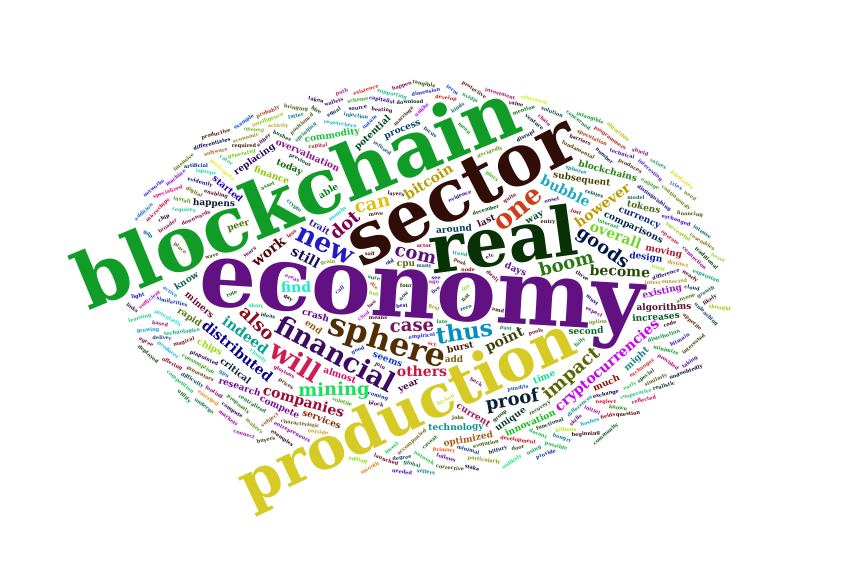
Indeed, the current blockchain boom has similarities with the previous one. But there are also some fundamental differences springing from the very nature of what we can call the blockchain economy. The first one is the marriage between technology and finance. Note that in the past, the financial sector refused to use new technologies. Not at all. The difference today is that finance has become one of the layers of technology, thus enabling its potential to disrupt the financial sector. This trait of the blockchain economy has been pinpointed by many pundits and researchers, so I will not dwell on it.
The second distinguishing trait of the blockchain economy relates to its production sector. Any economy has four distinct but closely interconnected spheres: production, distribution, exchange, and consumption. In the blockchain economy, the production sector has a unique characteristic: it is a distributed production sphere where any actor or group can potentially join and participate. And this sphere is where blockchain miners operate. Sure, the other three areas are also distributed – with the caveat that most crypto exchanges are still fully centralized.
The critical point here is that, by design, blockchain’s distributed production sphere must be functional from the very onset as this is the only way cryptocurrencies can be generated. Unlike most of the dot-com ideas and proposals, the blockchain economy requires an active production sphere from day number one – and not kicked started after a successful IPO or the magical injection of venture capital.
Thus, the real sector of the blockchain economy plays a critical role in its initial development and subsequent evolution. This was evidently not the case with the dot-com boom, where innovators and entrepreneurs could minimize or just neglect to invest in the production sphere. That is not an option in the case of the blockchain economy. You do, or you die. No beating around the bushes here.
However, this real sector is unique. It produces one commodity, which happens to be a digital currency that can be either used to buy goods or services of all kinds in the broader economy, exchanged for fiat currency, or positioned as a financial asset subject to speculation. But all this happens outside the production sphere, which is my primary focus here.
In the early days of Bitcoin, miners could use their own laptops to produce this exceptional commodity. Back then, it was sufficient to download and install the source code, become a node in the peer-to-peer network, and have a decent Internet connection to compete in the mining process. Entry barriers to the blockchain production sphere were thus minimal. Almost anyone could become a potential producer and compete with others on nearly equal footing – provided they had the required technical skills. At this point, the impact on the overall real economy was almost zero.
As we know, by design, the degree of difficulty to find the solution to add a block to the existing chain increases over time. Indeed, blockchains, as we know them today, are CPU-hungry and their appetite increases continuously. The door for unleashing rapid innovation in the microchips sector was thus opened. By 2013, new companies offering specialized chips optimized to compute billions of hashes per second had emerged. Bitmain and BitFury are the best-known examples here, in the case of Bitcoin. Similarly, existing chip makers such as NVidia and AMD launched optimized chips to cater to the mining sector using GPU-based proof of work algorithms. 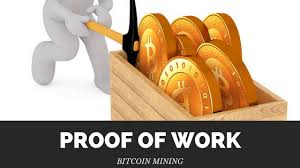 These companies also develop software and thus hire programmers to deliver the goods. Add to this all the economic activity supporting wallets, cloud-mining, and mining pools, to mention a few. The latter is fascinating as it follows a production model that resembles more a cooperative than a traditional capitalist production scheme.
These companies also develop software and thus hire programmers to deliver the goods. Add to this all the economic activity supporting wallets, cloud-mining, and mining pools, to mention a few. The latter is fascinating as it follows a production model that resembles more a cooperative than a traditional capitalist production scheme.
Indeed, the blockchain economy’s real sector has had a tangible impact on the overall real economy. Rapid innovation, investment, intense competition, new jobs, new markets, etc. are adding further value to the global economy and reflected in GDP growth in some countries. Some of the new companies are also moving into other fields such as artificial intelligence and machine learning. However, I have not been able to find research that tries to dimension the real sector of the blockchain economy and its impact on the overall economy. Most, if not all, are much more concerned and interested in the blockchain economy’s financial sector, which is financing the expansion of its real sector.
The existence of a “real” real sector differentiates the current blockchain boom from the dot-com wave of the late 1990s. In this light, comparisons between the two should be taken with a grain of salt. However, this does not mean that the blockchain economy is not in a bubble. The real question is if its real sector will act as a protective shield to a possible crash. After all, the production of goods and services is taking place and growing over time. At this point, it is much more likely that the overvaluation of cryptocurrencies and tokens will undergo a smooth corrective process bringing them down to more realistic values. This seems to have started at the beginning of this year. But a bubble burst in the short term seems unlikely.
Replacing proof of work with proof of stake or other less CPU-intensive algorithms will undoubtedly impact the real sector of the blockchain economy. But moving Bitcoin to a new algorithm might never happen as most of the community will probably not agree on such a move. Ethereum and others that might replace proof of work will need to find other links to the real economy. For example, utility tokens provide a path to do this if networks and platforms use them as a means to connect buyers and sellers of both tangible and intangible goods, and blockchains end up being deployed in the productive sector of the economy – in addition to the financial one. But more research and thought are needed here.
Cheers, Raúl


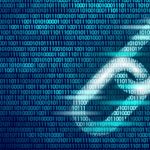
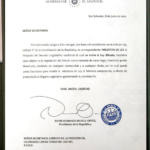

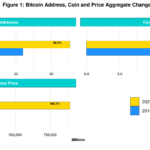
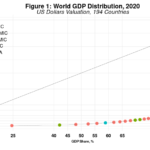
Comments
3 Responses to “The Real Sector of the Blockchain Economy”